Mapbox is an open source company and builds fast, lightweight tools for location data. Mapbox Cities is a program that works with cities globally to help them excel in using data for day-to-day decision making. As part of the program, we are investigating how the success of innovative local approaches that utilize available open data can be replicated to tackle similar urban issues elsewhere in the world.
According to WHO, road traffic accidents will be the fifth leading cause of death by 2030, and traffic accidents are projected to double from 2.1 million in 2011 to 2.4 million in 2030, with 50% of deaths occurring in urban areas. In the U.S. alone, the number of traffic fatalities rose by 8 percent from 2014 to 38,300 in 2015.
As a result of such drastic numbers, in the U.S. initiatives on traffic safety are in the public light. Local media watches eagerly to see data-driven methodologies in action to explain allocation of scarce public funds. A vital element of such a project is data collection and data analysis, which requires specialized knowledge, specifically data science skills. Often these are not available in traditional local government teams, hence some of the processes in place may come across slow and antiquated.
Connecting open datasets for more insight
Vision Zero in Washington, DC was established in 2015 with the goal to achieve 0 traffic-related deaths in the District by 2024. Mapbox had done some data visualization work in 2016 with the national level Department of Transport (DOT) and was introduced to local stakeholders. One of the main challenges that popped up in conversations with DC’s local Department of Transport entity (DDOT), was that while there is more and more data available, both, the city and transit agency, are still not able to back up their decisions on resource allocation with reasoning driven by the data collected through the program in the first place. Transportation planners across the country have to justify their methodologies with local media worried that publicly funded projects exclude poorer neighborhoods especially when planning safety measures. These preferences would add to the growing digital divide between communities and offer the choice of safe transit alternatives like walking or cycling to wealthier communities that had more transit options in the first place.
The tool Mapbox built for Vision Zero DC helps the government prioritize areas that are prone to a higher frequency of crashes. The algorithm is powered by an array of data sources, many of which are datasets generated by local public agencies, but are not accessible through the city’s open data portal. The challenge here was finding and liaising with various stakeholder groups to get any data or get actually useful data which didn’t require endless processing.
Immediate learnings and replicable processes
An important detail to note is that Mapbox worked on this without an assignment with the government stakeholders. What can be said is that all stakeholders involved learned in the process. The outcomes achieved so far were explanatory to illustrate how data collected by various city agencies can bring actual value to siloed government initiatives. After a phase of testing and refining, the code of tools and visualizations built for DC will be made available as open source repositories to help spread data-driven government innovation and actionable local solutions in the global race to curb traffic fatalities. The presentation at Open Belgium in March will further summarize benefits and challenges to offer hands-on insights for the audience.



Share